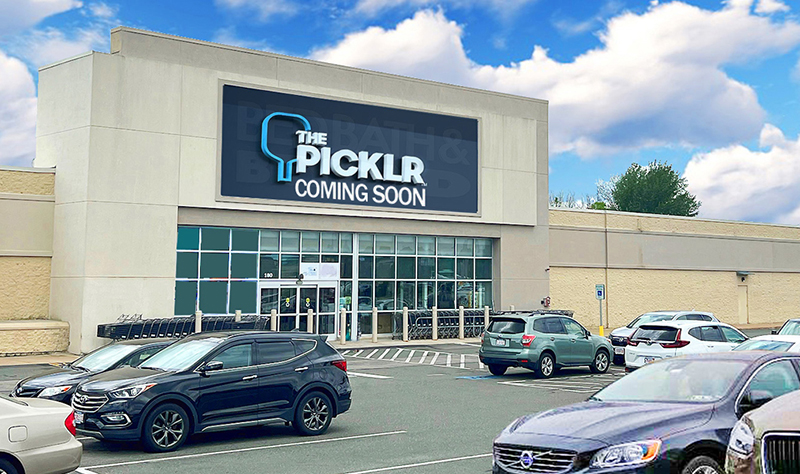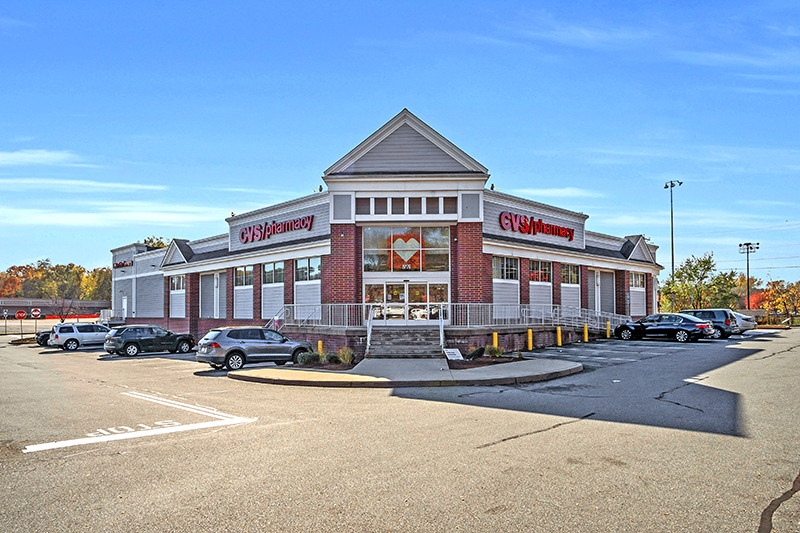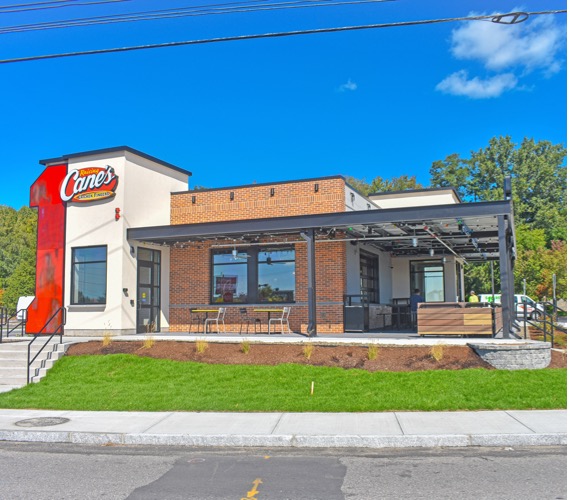The top 5 marketing trends in retail real estate for 2016 - by Diana Podaski
At the end of each year I try to reflect on what was successful, what crashed and burned, and what I should be focusing on for next year. However, mostly I just can’t believe how fast the last 11 months flew by. Below are my predictions into marketing, tech and social media trends in 2016 and how they affect the retail real estate industry.
1. More Personalized Email Marketing
Email Marketing is constantly something that people are checking in on to gauge whether or not it is still effective. For the most part, we all feel like we drown in email on a daily basis and have multiple accounts to field different types of email…work email, promotional email, home and family email. Research shows that email marketing will continue to be well read next year but if your email marketing is not customized, you will see a rise in unsubscribes and even spam reports. People are now more familiar with the placement of the “unsubscribe” and “spam” buttons at the bottom of emails and are not afraid to use them. The days of building one master email marketing list are most definitely over. Because of all the email we receive, we cannot be bothered by messages and companies that don’t know more about us. When I get emails about leasing opportunities in Florida, three times a week, it is beyond frustrating and a waste of my time. I then associate a negative feeling toward the business for not doing its research and marketing effectively to me (as I’m in Marketing, CRE and in Boston). Companies must create CRMs that are able to classify and filter a contact in multiple ways including profession and location and each email blast list created should be different and personalized.
2. From Pictures to Videos and GIFs
Everyone loves a great picture but why capture a single moment when you can capture all moving parts within multiple moments in just a few short seconds. Next year I think we’ll see less photography and more videos and animated GIFs (graphics interchange format – a short looping video). The idea of “an inside look,” will really set owners and their projects apart. Anyone can PhotoShop a great shot but video shows everything and everyone in a more transparent light, especially when shown in real-time. They also tell a story and build more excitement. GIFs are popular because they are easily sharable due to being compressed files and usually based around something comedic.
3. Search is no longer just within Google, Bing, Yahoo!
As social media networks grow, the way people search is changing. Usually you’d go immediately to Google to find something but now many are starting with YouTube, Instagram, Facebook and Twitter. Facebook is even working on its own search engine right now. This means that your brand needs to be represented far past your website but across multiple social mediums. If you do not have someone focused on social media at your company, be sure to budget for the position in 2016.
4. Mobile Advertising in Social Media
We’ve increasing seen more and more mobile advertising this past year but I’m not completely sold on the generic mobile ad actually working, frankly it’s just as annoying as being on a PC and having a pop-up ad block your screen. However, that said I do see mobile ads being more successful while strategically incorporated with social media. This is because all social media platforms make you create profiles in which you are defining yourself including your interests; this allows advertisers to more strategically market to you.
Advertisers have gotten a lot smarter and realized too that they need to create the ad according to not only the social user but to the medium as well. Some social media platforms even allow advertisers more functions than the average user – Example: Instagram allows advertisers to include a slideshow of pictures instead of just one. We’ll see more and more retailers use this marketing medium next year.
5. Technology and Grocery
In an age where people care more than ever about what they put into their bodies, grocery has changed dramatically. Not only do we now have grocery stores with local farm bios next to produce, curb-side pickup, stores with coffee bars and spas but now have price accounting guns, store apps with recipe suggestions and mobile payment. Some stores even have Panasonic Powershelf, a technology that works on a weight system. When the last product is taken on a shelf, PowerShelf alerts a store employee via text that the specific product needs to be refilled. It also incorporates digital price tags that can be updated on the fly (example: if a certain produce is expiring, a grocer can quickly create a flash sale). Tech has also played a factor in grocery with apps like Instacart (using multiple grocery stores to fill an online order), Farmstand (helps you find local in-season foods) and Grocery Pal (showing you which stores have the best sales). With meal kit services like Blue Apron, Hello Fresh, and Plated, there are more options than ever to get quality, locally grown food for a comparable or less-expensive price.
All this new technology is changing people’s traditional habits of simply going to the grocery store closest to them and some aren’t physically going at all. I think that grocery will continue to expand in urban areas with smaller concepts and many of the larger stores will be used as distribution centers (maybe not next year but within five).
Fun Fact: There is a company called “tipsyelves” that sells appalling sweaters for an “Ugly Christmas Sweater party.”
Diana Podaski is VP - marketing and social media at Linear Retail Properties, Burlington, Mass.
Mace of KeyPoint Partners negotiates 36,192 s/f lease for The Picklr at Endicott Square
Danvers, MA KeyPoint Partners (KPP) negotiated a lease with the nation’s premier indoor pickleball venue The Picklr at Endicott Sq. Vice president of retail brokerage Don Mace negotiated the transaction on behalf of the landlord.






.jpg)


.png)